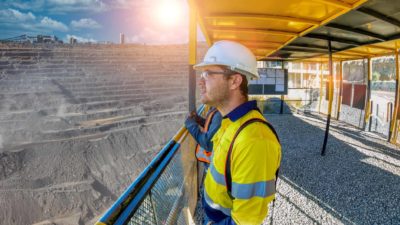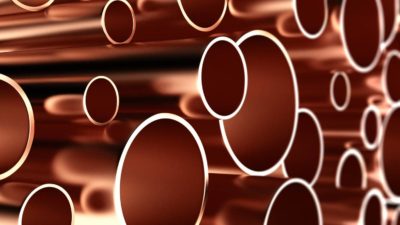BHP Group Ltd (ASX: BHP) shares pay a very large dividend to shareholders. I'm not referring to the total amount, which runs into the billions of dollars. The BHP dividend yield is high compared to many other S&P/ASX 200 Index (ASX: XJO) shares.
With a market capitalisation of $231 billion according to the ASX, it's the biggest Australian business and one of the largest in the world.
Firstly, let's look at how large the payout might be in 2023.
BHP projected dividend yield
With how volatile and cyclical resource shares can be, I think it's worthwhile considering what the payout could be over the next two financial years. But remember, forecasts are just educated guesses.
According to projections that are on Commsec, BHP could pay an annual dividend per share of around $3.10 per share in FY23. At the current BHP share price, this would represent a grossed-up dividend yield of 9.7%.
A fall in the annual dividend per share is then predicted for FY24. Commsec numbers imply a fall of around 15% of the shareholder payout to $2.63 per share. This would represent a grossed-up dividend yield of 8.25%.
The share price movement of a business is very important, perhaps more important than the dividend. But, with a dividend that large, a lot of the returns are coming in the form of cash payments to BHP shareholders.
How does this happen?
There are two elements to consider when it comes to the BHP dividend yield.
The first part is the dividend payout ratio. If BHP pays out more of its annual net profit after tax (NPAT), then shareholders are getting more cash. So naturally, the dividend yield will be higher.
BHP says that its dividend policy:
Provides a minimum 50% payout of underlying attributable profit at every reporting period. The board will assess, every reporting period, the ability to pay amounts additional to the minimum payment, in accordance with the capital allocation framework.
When taking into account the projected earnings per share (EPS) on Commsec for BHP, the calculated dividend payout ratios are 72% in FY23 and 69.4% in FY24. Those are quite high, but only explain part of the story.
Low earnings multiple
BHP typically trades on a low price/earnings (P/E) ratio. This means that the share price is at a low multiple to its EPS. The higher the P/E, the lower this pushes the dividend yield.
When the P/E is low, it means the dividend yield can be quite high.
Using the Commsec numbers, the BHP share price is valued at under 11 times FY23's estimated earnings.
If the BHP share price were double the price, the dividend yield would be half as high.
Foolish takeaway
Owning BHP shares can be very rewarding when it comes to the dividend. But, investors should also consider whether the resource share price is closer to a cyclical high or cyclical low, as it's important not to overpay with resources shares.









